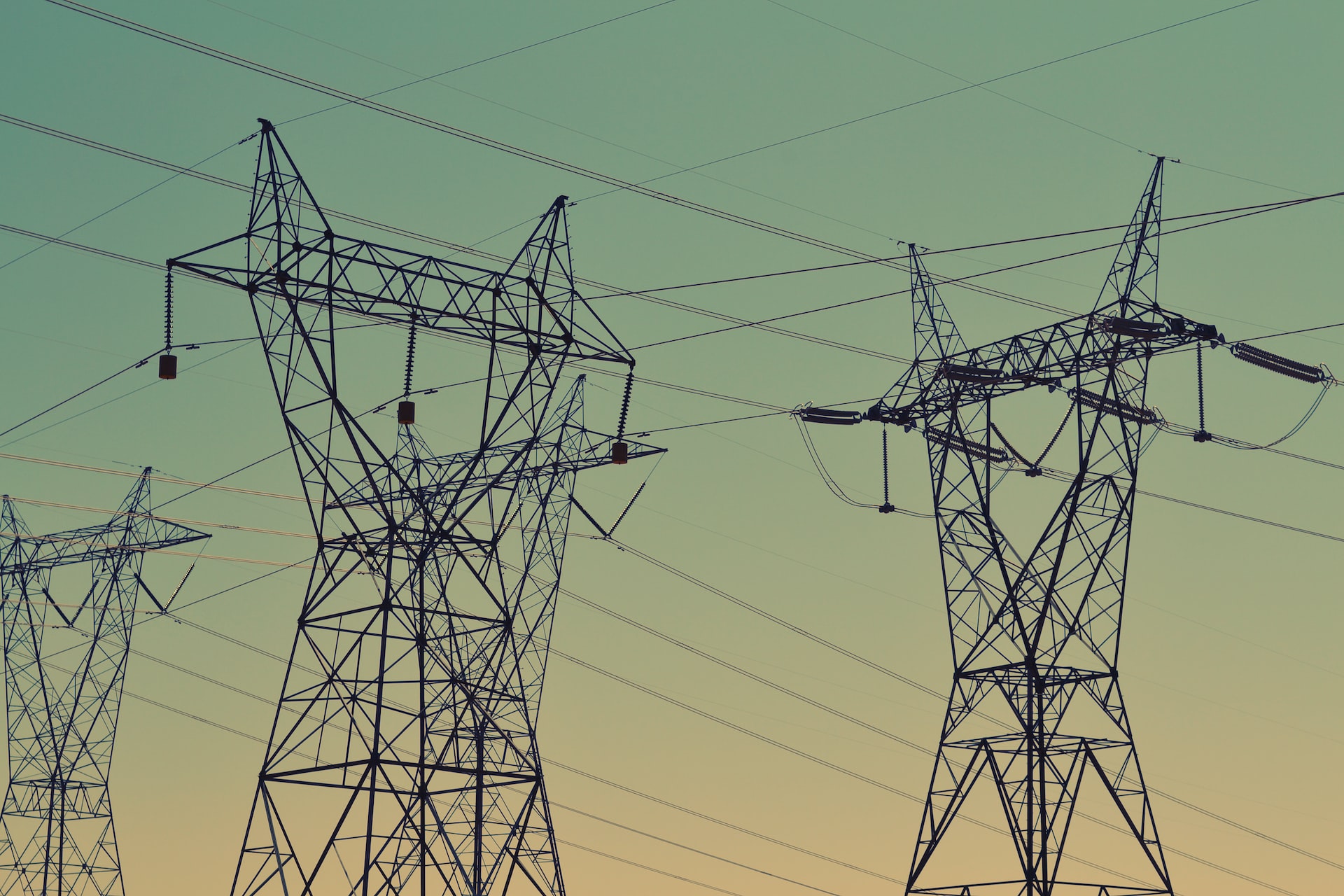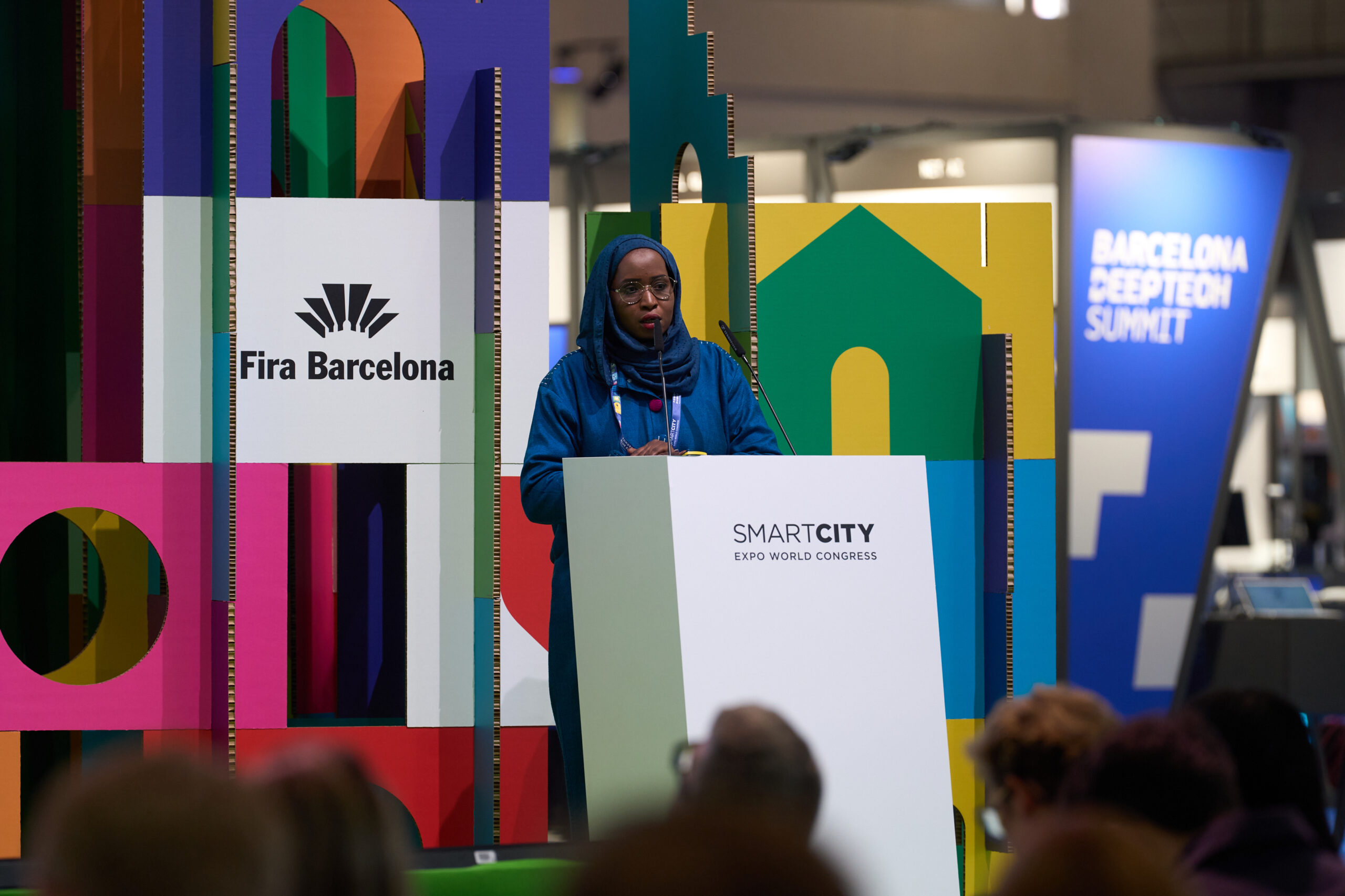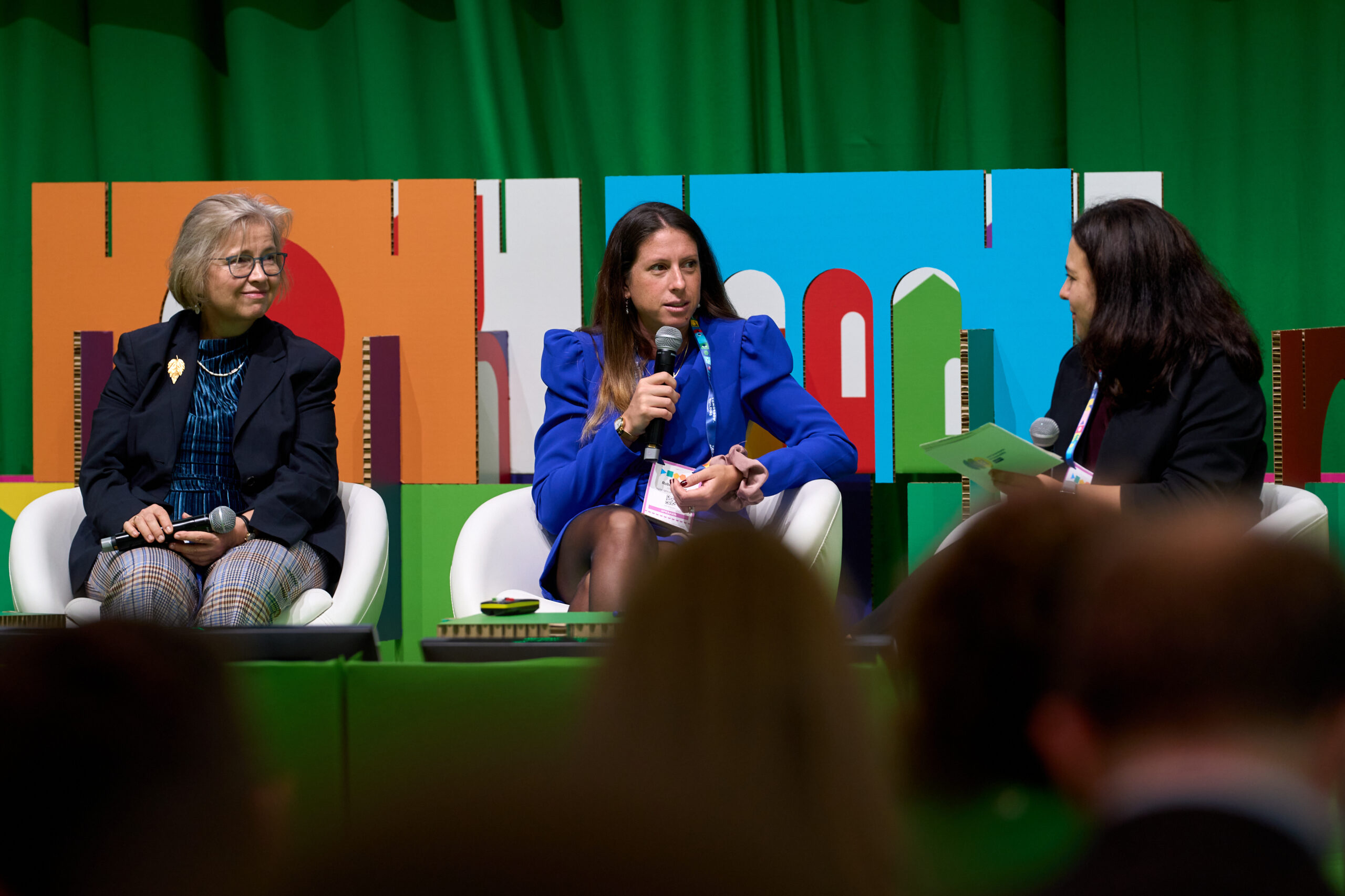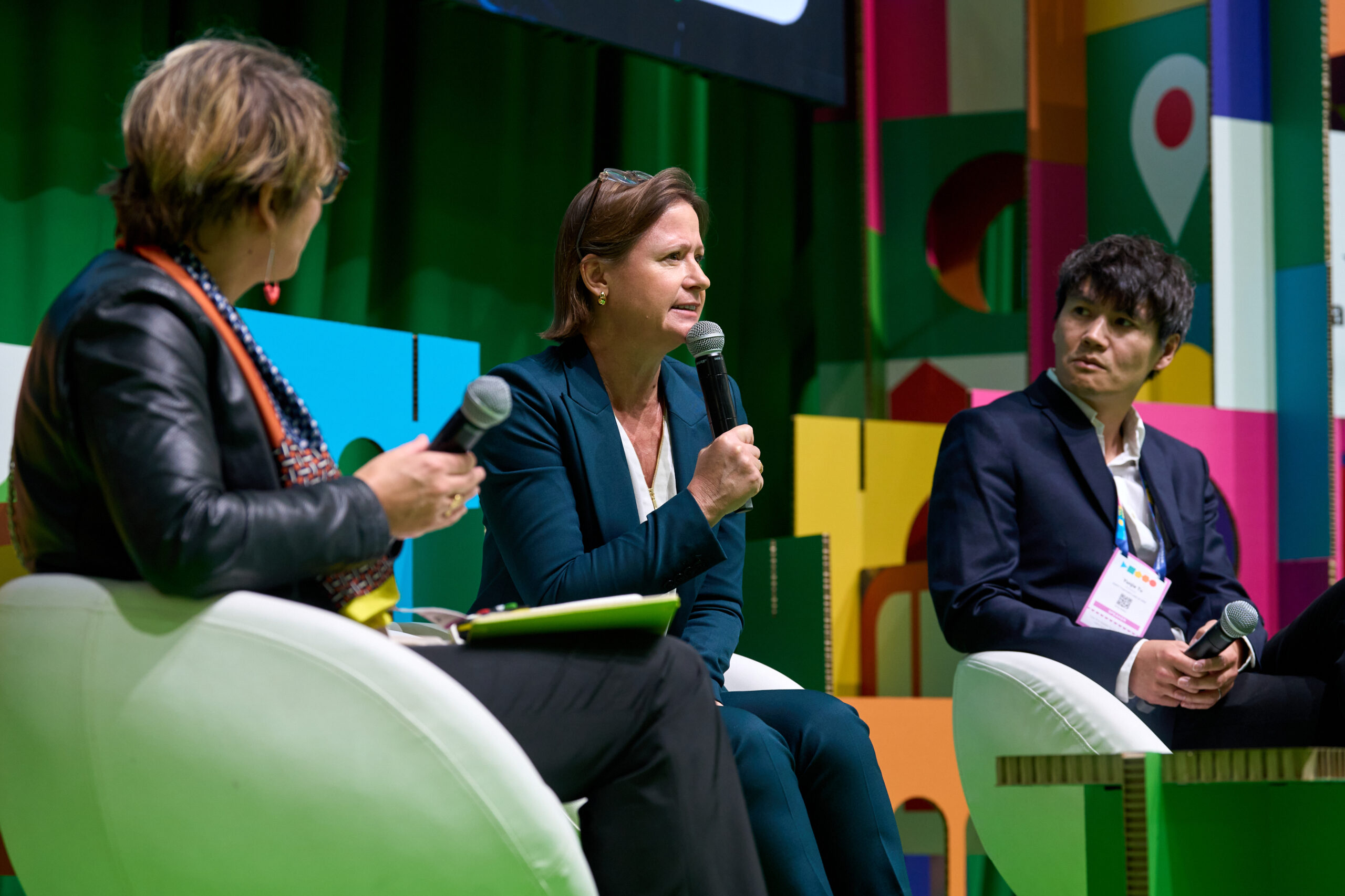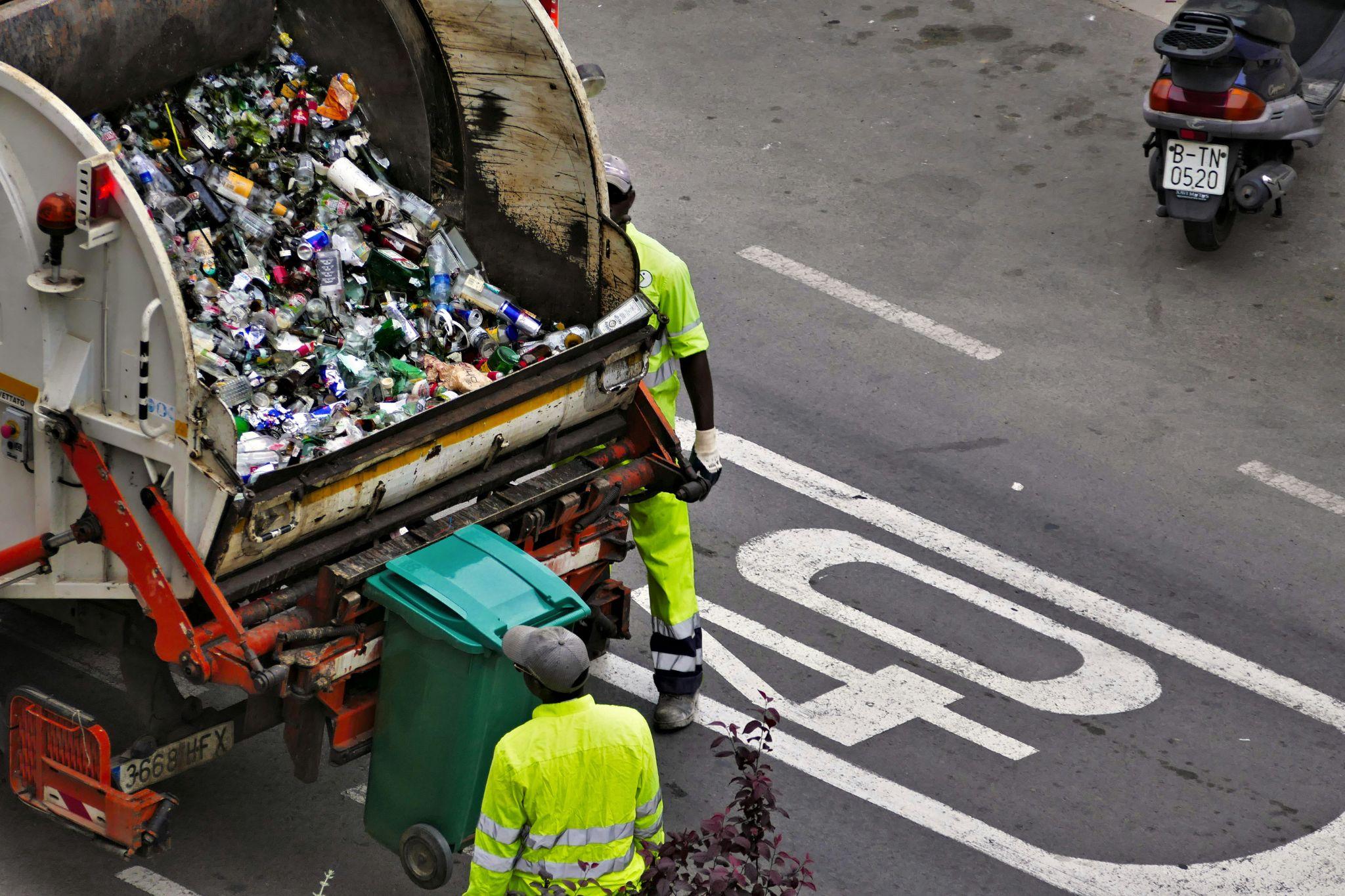Authors | M. Martínez Euklidiadas, Raquel C. Pico
The electrification of vehicles is essential for environmental sustainability and acceptable air quality levels in urban environments. In these, Low Emission Zones are extending from the centre together with personal car free zones. There is no longer any doubt about the potential of electric cars in addressing the challenges of the green transition; however, this does not eliminate the emergence of new issues. Apart from issues related to price, autonomy, and the preparedness of garages and repair shops to meet the needs of these new car models, the question is: are our power grids ready? Is enough power being generated?
This issue has become even more current due to recent regulatory changes and the widespread push for electric vehicles. The ban on diesel engines in Europe, along with the increasing pressure on cities, has sparked even greater interest in shifting towards zero-emission or low-emission mobility, leading to a rise in electric and hybrid vehicles. Cities to meet climate objectives
Electric power vs. combustion
The type of energy used to move something matters. The ‘well-to-wheel’ efficiency, which measures the overall efficiency from when the resource (oil or electric fluid) is extracted until the vehicle moves, shows that using energy in cars is basically a waste. The best internal combustion engines have an efficiency of between 11% and 22%, and electric cars between 22% and 35%. Nearly all the energy is lost. In comparison, getting about on foot or by cycling is free.
Despite being cleaner, changing every internal combustion car for an electric one would involve increasing the electric generation demand, which is why experts insist that the only feasible form of mobility is drastically reducing the number of vehicles and the kilometers driven.
The challenges of power grids

Committing to electrification helps reduce emissions and fosters sustainable mobility. However, to achieve this, it is crucial that electricity comes from renewable sources, and that the infrastructure is equipped to handle consumption peaks associated with this transition to green mobility.
Entities such as the International Energy Agency (IEA) are already advising public administrations and companies responsible for the power grid to prepare for the transition to electric mobility. “Electric mobility is cross-sectoral and requires institutions to engage with a wide range of stakeholders from the mobility, power, and building and real estate sectors,” it emphasizes in one of its most recent reports.
Electric mobility will increase consumption, and the power grid must be prepared to manage the resulting peak in demand. In reality, this is a point that the electricity sector has consistently emphasized, particularly as electrification has become a key lever in the green transition, extending beyond just electric vehicle consumption. The IEA has highlighted a global lack of ambition in investing in electric infrastructure. The ability to handle this potential rise in consumption currently varies by region. European grids, for example, may be better equipped than American ones, which are already experiencing power outages during peak consumption periods.
Even so, some estimates suggest that even if 80% of all personal-use cars were electrified, electricity consumption would increase by only 10 to 15%. However, these estimates do not account for public and freight transport or the overall increase in electricity consumption driven by the broader electrification of the economy and society.
Car sharing to reduce the energy dependency
In the debate on electrification, there are also questions regarding where the energy comes from to power electric vehicles. Depending on the energy mixes, these may have more emissions than internal combustion vehicles, particularly given the high manufacturing costs and the impact of materials.

Supposing it is impossible to use public transport or active mobility and that one has to use a car to get to a particular point, car sharing is a possibility for many workers who live close to one another. Those few kilometers from the home of one to the other, will result in notable energy savings each year thanks to the kilometers saved and will also offload the demand curve even if the vehicle is charged at high speed. According to the International Energy Agency, working from home should also be considered if it is feasible.
Low speed charging, the key to privately owned vehicle charging
If there is no other choice but for each person to own a vehicle, a conventional socket tends to be enough for daily commutes to work. These deliver between 10 A or 16 A at 230 V, i.e. between 23 kWh and 38 kW charging overnight for 10 hours. There also tends to be less demand at night and it is less likely to overload the grid.
And where can I charge my car?

The main issue with using electric cars is not having a place to charge the vehicle, which is also the most criticized aspect of the electric infrastructure. Many people do not own a garage or rent one, and they do not have a parking space at work. What can they do?
Some years ago the London city council came up with an ingenious solution: to install EV charging stations inside street lamp posts. The idea has been copied in Berlin and more cities plan to do so. The lamp posts are already connected to the power grid, and at low speed, we have seen how a car can be charged quite easily. And the battery lasts longer.
This solution solves, on the one hand, the problem of not having a charging point and, on the other, it prevents fast charging ports from being introduced, which are harmful to the battery and to the energy demand curve. It goes without saying that the aim is to electrify all the fleets while also drastically reducing them.
The potential of vehicle-to-grid technology
Therefore, adopting new charging models could serve as a powerful solution. Technology can not only ensure that new electric car models operate efficiently, with sufficient autonomy and fast charging, but also help address the challenges facing infrastructure.
Beyond the vehicle-to-home (V2H) model, where charging and electricity is shared between the household and the electric car, there are also vehicle-to-grid (V2G) systems. These allow cars to always remain operational while also alleviating pressure on the electrical infrastructure.
V2G cars are electric and hybrid models equipped with smart charging technology. In other words, these vehicles can not only charge more efficiently and optimize charging times but also return electricity to the grid during peak consumption periods—provided the vehicle does not need it at that moment. Some trials have already confirmed that this system is feasible and functions effectively. This is the case with municipal electric cars on the Danish island of Bornholm, for example.
Images | Fré Sonneveld, TNMT, Ernest Ojeh, Andreas Gücklhorn
